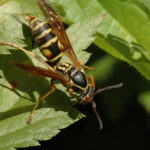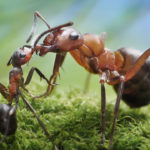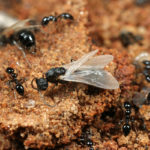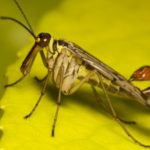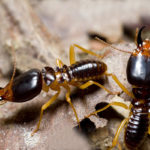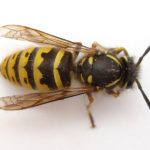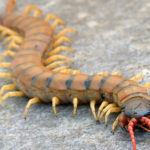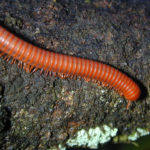17 interesting facts about bumblebees
 Shaggy bumblebees, imposingly flying everywhere in the warm season – insects are quite harmless, at least if they are not disturbed. They are extremely rarely the first to attack people, so there is no need to be afraid of them. But pulling their hands to them is also an so-so idea, because they can sting very painfully. In addition, some people may be allergic to their poison.
Shaggy bumblebees, imposingly flying everywhere in the warm season – insects are quite harmless, at least if they are not disturbed. They are extremely rarely the first to attack people, so there is no need to be afraid of them. But pulling their hands to them is also an so-so idea, because they can sting very painfully. In addition, some people may be allergic to their poison.
These insects ventilate their nests, hovering before entering them and actively working with their wings to catch fresh air inside.
When it’s cold, bumblebees hang in place and quickly and quickly flap their wings to warm themselves.
The nest of these insects is called not a hive, but bombidarius.
The maximum speed that an adult bumblebee can develop when flying (in the absence of wind) is 18 kilometers per hour.
For a long time, scientists could not understand how bumblebees fly, since it was once believed that these insects contradict the laws of aerodynamics. Later studies have shown that this is not so, and bumblebees fly in full accordance with all the laws of physics.
There are about three hundred different species of bumblebees in the world.
A few stand apart bumblebees. They got their name for a partly parasitic way of life – they lay their eggs in the nests of other bumblebees, and they choose those that they themselves are similar in appearance to.
Bumblebees in some countries are specially bred for pollination of fields. They cope with this task perfectly, not least because they are less aggressive than bees and wasps.
Bumblebee venom is comparable in strength to that of a wasp or a bee. But, like wasps, bumblebees do not die after they bite someone.
Almost all bumblebees die after the end of summer, voluntarily passing away. Only fertilized uteri survive, which next spring should breed new offspring and start the cycle anew.
In each bombidaria there is a special trumpet bumblebee that performs the same task every morning – the rest of the nests will be a loud buzz.
On average, from 100 to 300 adults live in one bumblebee nest.
To keep warm through muscle contraction, bumblebees need to be in the air. Sitting still, they cannot do this.
The body of a bumblebee is usually heated to its normal temperature of about 40 degrees Celsius.
The presence of wool on the body allows these insects to better save heat.
Bumblebees of the largest species can reach 25 mm in length.
The ancestors of modern bumblebees appeared on our planet about 30 million years ago.
